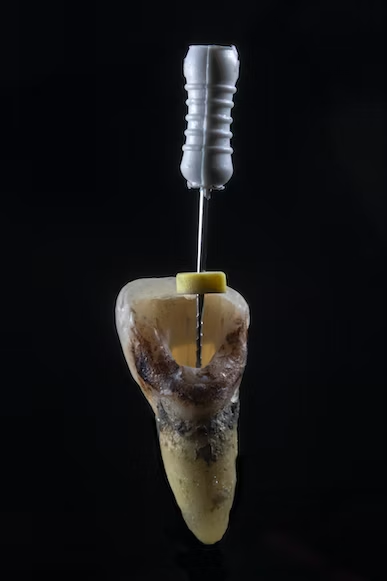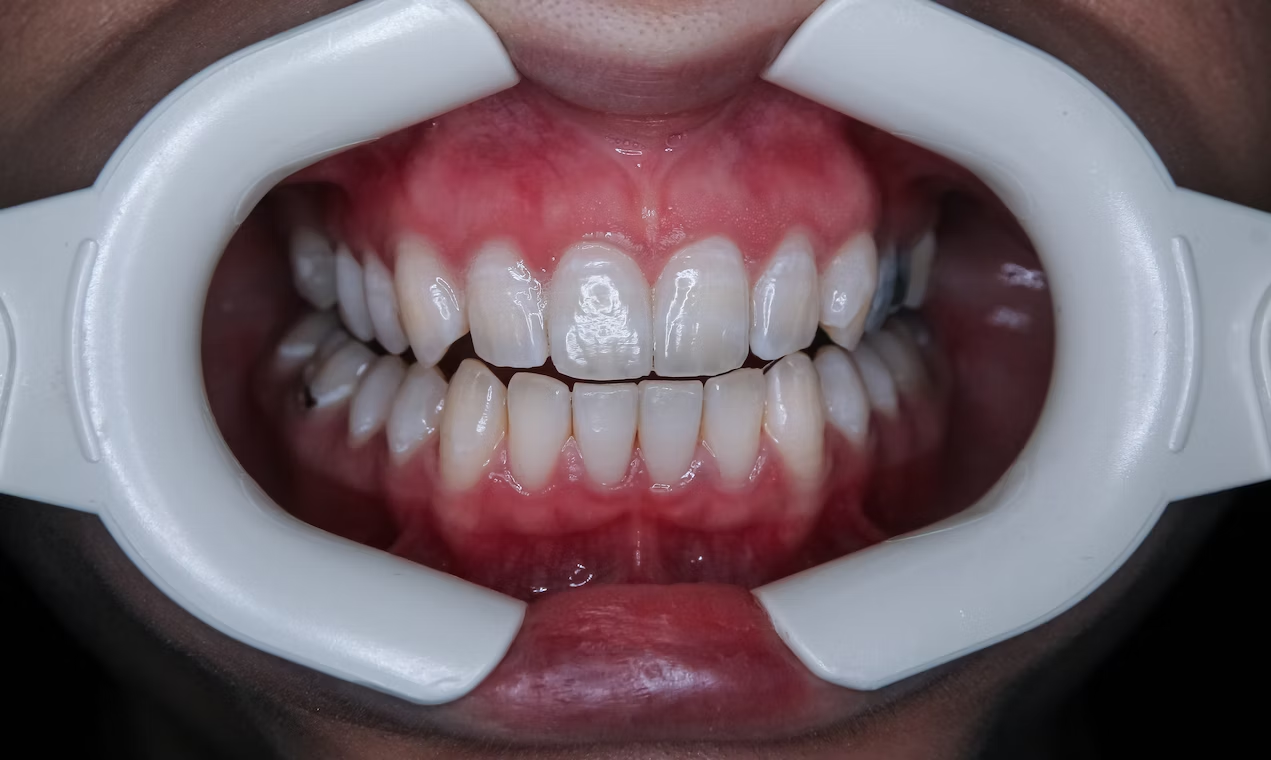When it comes to maintaining a healthy smile and overall well-being, dental health plays a crucial role. Many individuals often wonder about the timeline for cavity formation.
Understanding the process behind cavity development can empower us to make informed decisions regarding oral hygiene and preventive measures.
In this article, we will delve into the stages of cavity formation, factors influencing its speed, and effective strategies for prevention and treatment. Get ready to unravel the mysteries surrounding cavities!
What is Dental Health?
Before we embark on the journey of understanding cavity formation, it's essential to grasp the concept of dental health. Dental health refers to the well-being of our teeth, gums, and entire oral cavity.
It involves adopting good oral hygiene practices, including regular brushing and flossing, and routine dentist visits for check-ups and professional cleanings.
What are Cavities?
Cavities, also known as dental caries or tooth decay, are small holes or structural damages that occur within the teeth. They result from a combination of factors, including bacteria, sugars, and inadequate oral hygiene.
If left untreated, cavities can cause tooth sensitivity and pain and potentially lead to more severe oral health issues.
The Journey of Cavity Formation
Understanding the journey of cavity formation can shed light on the timeframe involved. Let's embark on this enlightening exploration.
Stage 1: Plaque Buildup
The process begins with the accumulation of plaque on the tooth surface. Plaque, a sticky film formed by the combination of bacteria, saliva, and food particles, adheres to teeth.
Failure to remove plaque through proper brushing and flossing allows it to harden into tartar, providing a favorable bacterial growth environment.
Stage 2: Enamel Demineralization
Continued plaque buildup leads to the production of acids by bacteria. These acids attack the tooth's protective outer layer, known as enamel, initiating a process called demineralization. As demineralization progresses, essential minerals like calcium and phosphate gradually dissolve from the enamel, weakening its structure.
Stage 3: Dentin Decay
Once demineralization breaches the enamel, the decay process advances towards the underlying layer of the tooth called dentin. Dentin, being softer and less resistant to acids than enamel, becomes susceptible to decay.
At this stage, the cavity forms and expands within the tooth structure.
Stage 4: Infection of the Pulp
If left untreated, the decay can eventually reach the innermost layer of the tooth, known as the pulp. The pulp contains blood vessels, nerves, and connective tissue. Infection of the pulp can lead to intense toothache and potentially result in abscess formation.
Factors Influencing Cavity Formation
The speed at which a cavity forms can vary depending on several factors. Let's explore these influential factors more closely.
Personal Oral Hygiene Practices
Maintaining a robust oral hygiene routine is vital for preventing cavity formation. Regular brushing and flossing effectively remove plaque, minimizing bacterial buildup and reducing the risk of tooth decay.
Dietary Habits
The foods and beverages we consume significantly impact our dental health.
Frequent consumption of sugary and acidic foods and drinks provides an energy source for bacteria and contributes to the production of harmful acids. Limiting the intake of such substances can help prevent accelerated cavity formation.
Usage of Fluoride
Fluoride, a naturally occurring mineral, plays a crucial role in strengthening tooth enamel and increasing its resistance to acid attacks. Incorporating fluoride toothpaste, mouthwash, and drinking fluoridated water can provide additional protection against cavities.
Genetics and Underlying Health Conditions
Genetic factors and underlying health conditions can influence an individual's susceptibility to cavities. Conditions that reduce saliva production or cause dry mouth can increase the risk of tooth decay since saliva helps neutralize acids and wash away food particles.
Prevention and Treatment of Cavities

Prevention is undoubtedly the best approach when it comes to cavities. By adopting effective preventive measures and making informed choices, we can minimize the risk of cavity development. Let's explore strategies for prevention and treatment.
The Importance of Prevention
Prioritizing preventive care is essential for maintaining optimal dental health. Regular dental checkups enable early detection of cavities and timely intervention.
Practicing good oral hygiene and healthy lifestyle habits significantly reduces the risk of cavities.
Measures to Prevent Cavity Formation
- Brush your teeth thoroughly with fluoride toothpaste at least twice a day.
- Floss daily to remove plaque and food particles from hard-to-reach areas.
- Limit your consumption of sugary and acidic foods and beverages, opting for healthier alternatives.
- Use a fluoride mouthwash to provide additional protection for your teeth.
- Stay hydrated by drinking plenty of water, which helps maintain saliva production and wash away food particles.
Long-Term Benefits of Preventive Care
Investing in preventive care yields long-term benefits for your dental health. By focusing on prevention, you minimize the risk of cavities, tooth loss, and the need for extensive dental treatments in the future. Furthermore, it contributes to fresher breath and a confident smile.
Treatment Options for Cavities
Prompt treatment is crucial to preventing further damage once a cavity has developed. The choice of treatment depends on the severity of the cavity. Let's explore the common treatment approaches.
Root Canals and Extractions
A root canal procedure may be necessary for advanced cavities that have reached the pulp and caused infection.
The infected pulp is removed during a root canal, and the tooth is cleaned and sealed. In severe cases where the tooth is extensively damaged and cannot be saved, extraction may be the only viable option.
Fillings and Crowns
For early-stage cavities, fillings are typically used to restore the damaged tooth structure. The decayed portion is removed, and the cavity is filled with dental materials like composite resin or amalgam.
In cases where the cavity is large, or the tooth structure is weakened, a crown may be placed to provide additional support and protection.
Trust Eddie G. Tennison, DDS, for Cavities’ Prevention and Treatment
When it comes to maintaining optimal dental health, entrusting your care to a skilled and experienced dentist is paramount. Eddie G. Tennison, DDS, is a renowned dental professional dedicated to providing exceptional care to patients. With Dr. Tennison's expertise and personalized approach, you can effectively prevent and treat cavities.
If you're seeking a dentist who genuinely cares about your oral health and makes each visit comfortable and stress-free, Eddie G. Tennison, DDS, is the perfect choice.
Schedule your appointment today with Eddie G. Tennison, DDS, and take the first step towards a healthier smile!
Conclusion
Cavity formation is a process that involves the buildup of plaque, demineralization of enamel, dentin decay, and potential pulp infection. Personal oral hygiene practices, dietary habits, fluoride usage, genetics, and underlying health conditions can influence the speed of cavity formation.
Preventive care, including good oral hygiene practices and healthy lifestyle habits, is vital for cavity prevention. Treatment options for cavities range from fillings and crowns to root canals and extractions, depending on the severity of the cavity.
Trusting a skilled dentist like Eddie G. Tennison, DDS, is crucial for effectively preventing and treating cavities. So, prioritize your dental health, schedule your appointment, and take the necessary steps to maintain a healthy and cavity-free smile!

